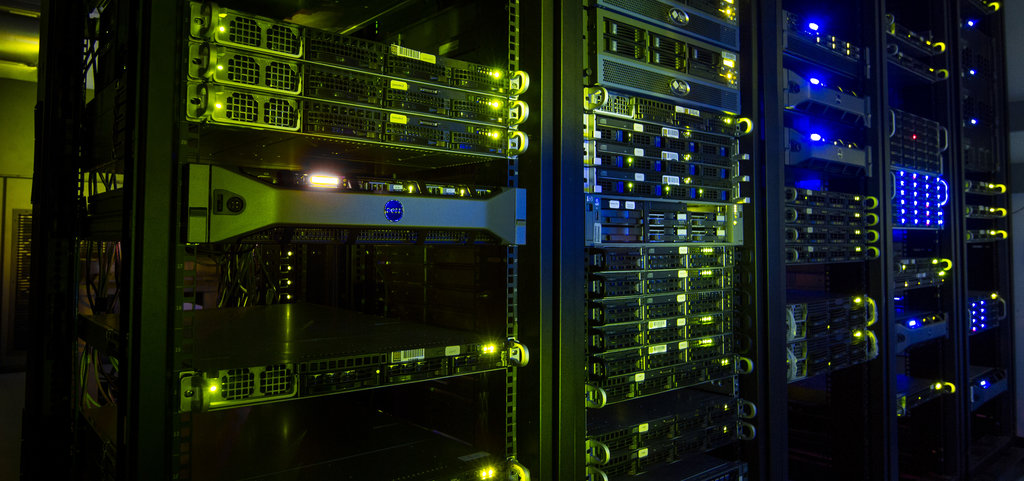37signals Deletes AWS Account, Saving Millions by Repatriating to On-Premises Infrastructure
Software firm 37signals is completing its migration from AWS to on-premises infrastructure, expecting to save $1.3 million annually on storage costs alone. CTO David Heinemeier Hansson announced the company has begun migrating 18 petabytes of data from Amazon S3 to Pure Storage arrays costing $1.5 million upfront but only $200,000 yearly to operate.
AWS waived $250,000 in data egress fees for the transition, which will allow 37signals to completely delete its AWS account this summer. The company has already slashed $2 million in annual costs after replacing cloud compute with $700,000 worth of Dell servers in 2024. "Cloud can be a good choice in certain circumstances, but the industry pulled a fast one convincing everyone it's the only way," wrote Hansson, who began the repatriation effort in 2022 after discovering their annual AWS bill exceeded $3.2 million.
The Great Cloud Repatriation: 37signals Leads the Charge
In a bold move that challenges the prevailing cloud-first dogma, 37signals, the company behind Basecamp and HEY, is pulling the plug on its Amazon Web Services (AWS) account. This isn't a minor tweak or a cost-optimization exercise; it's a full-scale migration back to on-premises infrastructure, driven by a desire to regain control over their technology and, more importantly, to slash exorbitant cloud costs.
The decision, spearheaded by CTO David Heinemeier Hansson (DHH), is projected to save the company a staggering $1.3 million annually on storage costs alone. This figure represents just the tip of the iceberg, as 37signals has already realized $2 million in annual savings by replacing cloud compute with their own Dell servers in 2024. The total savings are expected to grow as the repatriation effort progresses.
Why Ditch the Cloud? Unveiling the Hidden Costs
The cloud, once hailed as the panacea for all IT woes, has increasingly come under scrutiny for its complex pricing models and often-unpredictable costs. 37signals' experience is a prime example of how cloud costs can spiral out of control, even for relatively lean and efficient organizations. Their annual AWS bill had ballooned to over $3.2 million, prompting DHH to question the long-term viability of relying solely on cloud infrastructure.
Several factors contributed to this cost escalation:
- Data Egress Fees: Moving data out of the cloud can be surprisingly expensive, with providers charging hefty fees for data egress. 37signals' migration involved moving 18 petabytes of data, making egress fees a significant concern. AWS waived $250,000 in these fees to facilitate the transition.
- Storage Costs: Storing large volumes of data in the cloud can be costly, especially as data grows exponentially. 37signals' decision to migrate to Pure Storage arrays is driven by the lower long-term cost of ownership compared to AWS S3.
- Compute Costs: While cloud compute offers flexibility and scalability, it can also be more expensive than running workloads on dedicated servers, especially for consistent and predictable workloads. 37signals' move to Dell servers for compute has already yielded substantial savings.
- Complexity and Management Overhead: Managing complex cloud environments requires specialized skills and tools, adding to the overall cost of ownership.
The Technical Details: Migrating 18 Petabytes
The centerpiece of 37signals' repatriation strategy is the migration of 18 petabytes of data from Amazon S3 to Pure Storage arrays. This is a massive undertaking that requires careful planning and execution to minimize disruption to their services.
The company is investing $1.5 million upfront in Pure Storage arrays, but expects to pay only $200,000 per year to operate them. This represents a significant cost saving compared to the ongoing expenses of storing the same data in AWS S3.
The migration process involves:
- Data Transfer: Moving data from AWS S3 to the Pure Storage arrays, which can be done using various tools and techniques, including AWS DataSync and custom scripts.
- Application Reconfiguration: Updating applications to point to the new storage location.
- Testing and Validation: Thoroughly testing the migrated applications to ensure they are functioning correctly.
Beyond Cost Savings: Regaining Control and Simplicity
While cost savings are a primary driver of 37signals' repatriation effort, the company also seeks to regain control over its technology and simplify its infrastructure. By moving back to on-premises infrastructure, 37signals can:
- Customize their infrastructure: Tailor their hardware and software to meet their specific needs, rather than being constrained by the limitations of cloud services.
- Improve performance: Optimize their infrastructure for performance, potentially achieving lower latency and faster response times.
- Enhance security: Implement their own security measures and have greater control over their data.
- Reduce complexity: Simplify their infrastructure and reduce the management overhead associated with complex cloud environments.
The Future of Cloud: A More Balanced Approach
37signals' decision to repatriate from the cloud doesn't necessarily mean that the cloud is dead. Rather, it suggests that a more balanced approach is needed, where organizations carefully evaluate their workloads and choose the infrastructure that best meets their needs, both in terms of cost and performance.
The cloud remains a valuable tool for many organizations, particularly for:
- Startups and small businesses: The cloud can provide a cost-effective way to get started without investing in expensive hardware.
- Organizations with fluctuating workloads: The cloud's scalability can be beneficial for organizations with unpredictable demand.
- Organizations that need global reach: The cloud can provide access to infrastructure in multiple regions, making it easier to serve customers around the world.
However, for organizations with stable and predictable workloads, on-premises infrastructure may be a more cost-effective and efficient option in the long run.
Key Takeaways for Businesses Considering Cloud Repatriation
37signals' journey offers valuable lessons for businesses contemplating a move away from the cloud:
- Assess Your Workloads: Carefully analyze your workloads to determine which are best suited for the cloud and which could be more efficiently run on-premises.
- Calculate Total Cost of Ownership (TCO): Don't just focus on the initial cost of cloud services. Consider the long-term costs, including data egress fees, storage costs, and management overhead.
- Consider Performance Requirements: Evaluate the performance requirements of your applications and choose the infrastructure that can best meet those needs.
- Plan Your Migration Carefully: A successful migration requires careful planning and execution to minimize disruption to your business.
- Don't Be Afraid to Challenge the Status Quo: The cloud is not always the best solution for every organization. Be willing to challenge the prevailing dogma and explore alternative options.
The Impact on the Cloud Industry
37signals' decision to leave AWS is likely to have a ripple effect throughout the cloud industry. It serves as a wake-up call for cloud providers to address the growing concerns about cloud costs and complexity. Other companies may follow suit, leading to a more balanced and competitive market for IT infrastructure.
The cloud industry will need to adapt to this changing landscape by:
- Simplifying Pricing Models: Making cloud pricing more transparent and predictable.
- Reducing Data Egress Fees: Lowering the cost of moving data out of the cloud.
- Offering More Flexible Infrastructure Options: Providing a wider range of infrastructure options to meet the diverse needs of organizations.
- Focusing on Value-Added Services: Differentiating themselves through value-added services, such as managed services, security, and analytics.
Conclusion: A New Era of Infrastructure Choice
37signals' cloud repatriation is a significant event that signals a new era of infrastructure choice. Organizations are no longer blindly accepting the cloud as the only option. They are carefully evaluating their needs and choosing the infrastructure that best meets those needs, whether it's the cloud, on-premises infrastructure, or a hybrid approach.
This trend is likely to continue as organizations become more sophisticated in their understanding of cloud economics and as alternative infrastructure options become more readily available. The future of IT infrastructure is likely to be a more diverse and competitive landscape, where organizations have the freedom to choose the solutions that best fit their unique requirements.














